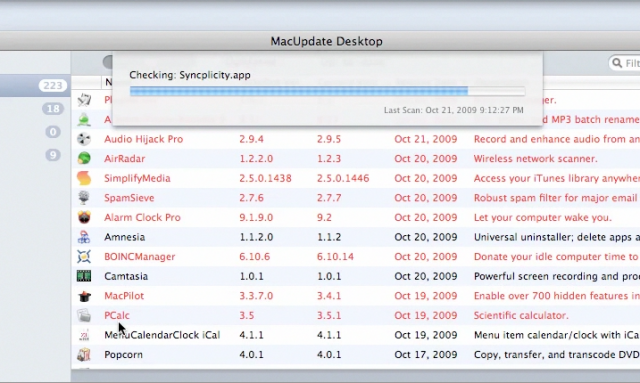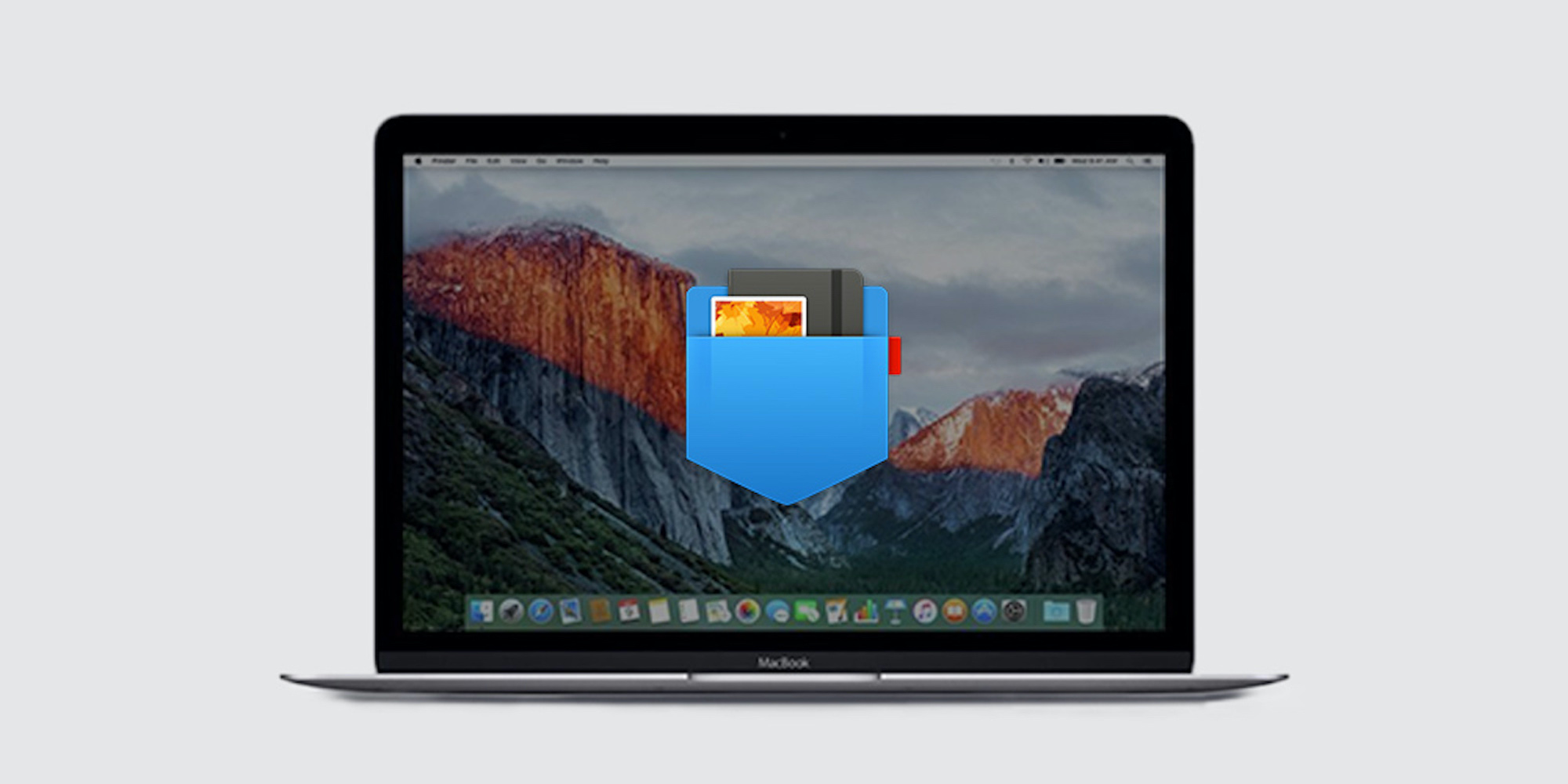

- Unstill macupdate desktop 2 how to#
- Unstill macupdate desktop 2 mac os x#
- Unstill macupdate desktop 2 install#
- Unstill macupdate desktop 2 drivers#
- Unstill macupdate desktop 2 software#
Generally speaking, most Mac applications are separate bundles that contain the executable and any associated resources for the app, and therefore users can easily remove any unwanted software (if they are installed properly) from their Macs. In normal cases Mac users just need to simply drag and drop the target app to the Trash and then empty the Trash to perform the standard uninstallation. Uninstalling applications in macOS/Mac OS X is quite different from that in Windows operating system. Things you should know about Mac app removal:
Unstill macupdate desktop 2 how to#
How to uninstall MacUpdate Desktop 6.0.10 on Mac computer? If you encounter problem when trying to delete MacUpdate Desktop 6.0.10 as well as its associated components, read through this removal tutorial and learn about how to perfectly remove any unwanted applications on your Mac.
Unstill macupdate desktop 2 mac os x#
If your Mac fails to boot properly and you find yourself staring at a blank screen or gray startup screen instead of your desktop, then it's time to try booting in Safe Mode.Tips to Perfectly Uninstall MacUpdate Desktop 6.0.10 on Mac OS X
Unstill macupdate desktop 2 drivers#
In Safe Mode, MacOS will boot with the bare minimum of software and drivers required and will run a check of your startup disk and repair any directory issues that might be the cause of your startup ills. To start up in safe mode, start your Mac and then press and hold the Shift key.

The Apple logo will appear and then the login screen. You can release the Shift key when the Apple logo disappears and the login screen appears. It may take a few minutes before you get to the login screen as MacOS runs its diagnostics on your hard disk. To leave Safe Mode and start up your Mac per usual, just restart your Mac without holding any keys. If you find yourself staring at a blue screen when you start up your Mac, it might mean that one of your startup items - apps that start automatically when you start up your Mac - is incompatible with MacOS. With a bit of trial and error, you can identify which app is the problem child.

You can remove login items one at a time and start up your Mac after each removal to see if the problem is gone. To do so, go to System Preferences > Users & Groups and click your name on the left under Current User. Next, click the Login Items tab above the window to the right. Highlight an app and then click the "-" sign below. It'll get removed from the Login Items list and you can restart your Mac to see if your startup issue has been fixed. If not, you can head back to the list and remove another app and keep going until you find the culprit. You can add items back to the Startup Items list by hitting the "+" button and selecting items from your Applications folder. You might find that an app will occasionally trip up your Mac and hang. And when an app hangs, it freezes you out and won't let you do anything, including quit out of it. You can call up the Force Quit menu from the Apple icon in the upper-left corner or by hitting Command-Option-Escape. (You can also select multiple apps to force quit by using holding down the Command or Shift keys when making your selections.) Just highlight the app that's not responding and hit the Force Quit button. If you are seeing the spinning beach ball with increasingly regularity, then it's time to take a look at what might be causing the slowdown. Open the Activity Monitor (by searching for it or finding it in the Utilities folder, which is inside your Applications folder) to see how much of an impact the apps you are currently running have on your system resources.

In the Activity Monitor window, you can see real-time stats on the amount of CPU and memory resources each app is using. You can also use the Activity Monitor to quit any app that's using more than its fair share of resources. Just highlight an app from the list, click the X button in the upper-left corner, and then choose Quit or Force Quit.MacUpdate Desktop brings seamless 1-click app installs and version updates to your Mac.
Unstill macupdate desktop 2 install#


 0 kommentar(er)
0 kommentar(er)
